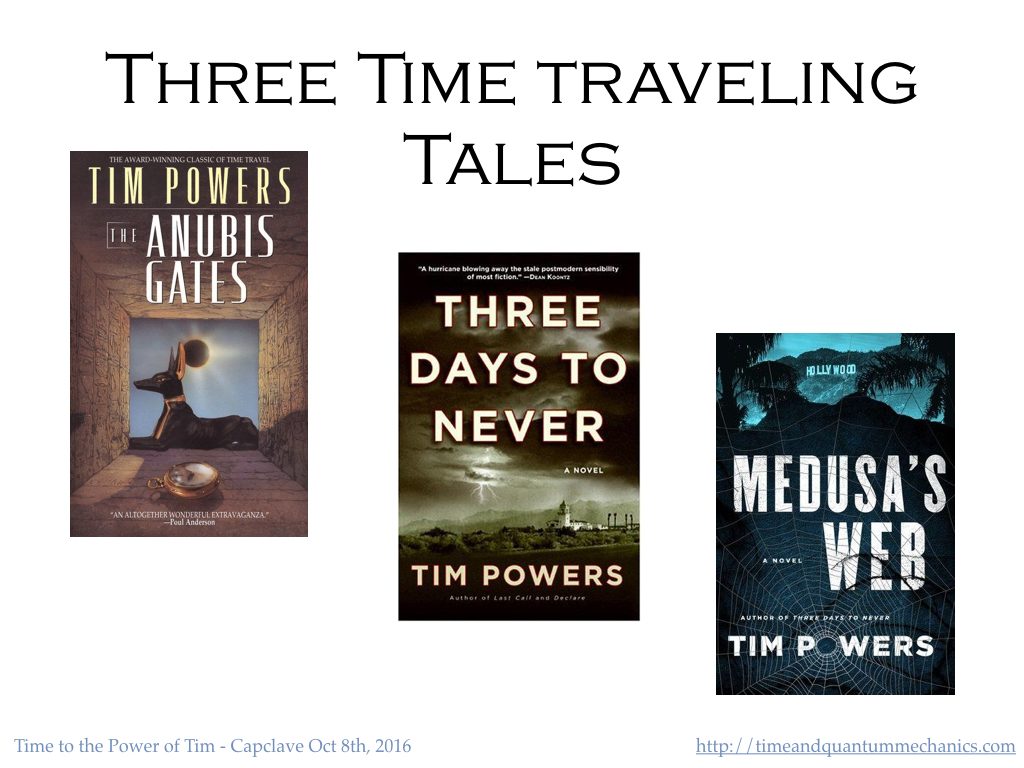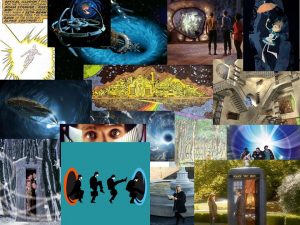Reflections

Harvard asked for a bio/reflections for the next reunion. I had fun writing it, so I share here for any who are interested:
I recall my Harvard years with great pleasure: many excellent conversations & some courses that still stay with me. For a while I was a dual major in Anthropology & Physics but back then the overlap between these two disciplines was not great. I settled on Physics.
This was during the political upheavals of the Vietnam war; I with two friends founded the Party of the Radical Middle: the party of extreme common sense. If we had actually had any common sense we would have realized this party would be going nowhere. Still it was fun while it lasted.
Sophomore year final exams were interrupted by discovering I was coughing up blood. This turned out to be tuberculosis. At the time it seemed like a negative, but it turned out it kept me out of the draft & the Vietnam war until the draft was ended, two years later. Net positive.
I got my Harvard BA in Physics in 1972 (summa cum laude) and then a Masters in Physics from Princeton (1977).
For several years after that I was an assistant editor for Asimov’s SF Magazine, which started a life long involvement with the science fiction community.
After that I was the production manager (really the IT guy) for a startup scientific & medical press called Centrum. Many 100 hour weeks. Our first journals were, appropriately enough, the American Journal of Emergency Medicine & the International Journal of Disaster Medicine. My favorite Disaster article was one explaining how to triage at a disaster site, using a system of red, yellow, & green toe tags. If you find yourself with a red or green toe tag, steal your neighbor’s yellow toe tag: yellow toe tags get you the maximum attention (red toe tags get you morphine, green toe tags no attention at all).
I also learned how to lie to computers. This is an incredibly useful skill & has been the foundation of my subsequent career.
I got my start as an official IT consultant working at Bellcore, the joint development arm of the 7 baby bells. After a year or two, I wound up responsible for an entire computer center, with 30 mini-computers & perhaps 1500 users. Time to go independent.
Since then I have worked as a software and database developer, working in the medical, legal, advertising, financial, scientific, and other areas, with clients ranging from a high-risk perinatal laboratory to a cemetery (my company slogan is cradle to grave programming).
I currently work full time as the database department at a leading optical switch manufacturer (your web pages & email travel over switches I helped build).
I’ve stayed part of the science fiction community. I’ve given talks at NASA, and at Philcon, Balticon, Capclave, and other science fiction conventions on Time Travel, Invisibility, Star Gates, Parallel Universes, and related topics. Recently I co-edited (with Darrell Schweitzer) Tales from the Miskatonic University: what evils lurk in the dark reaches of the Dewey Decimal System?
And I am working on a Ph.D. dissertation in physics, Time Dispersion in Quantum Mechanics. I presented this at the 2018 conference of the IARD (International Association for Relativistic Dynamics). It is now up on the web as part of the IOP Conference Proceedings. I’ve written a followup article (Does the Heisenberg uncertainty principle apply along the time dimension?) also published by the IOP.
My lifetime goal is to build a really practical time machine.


